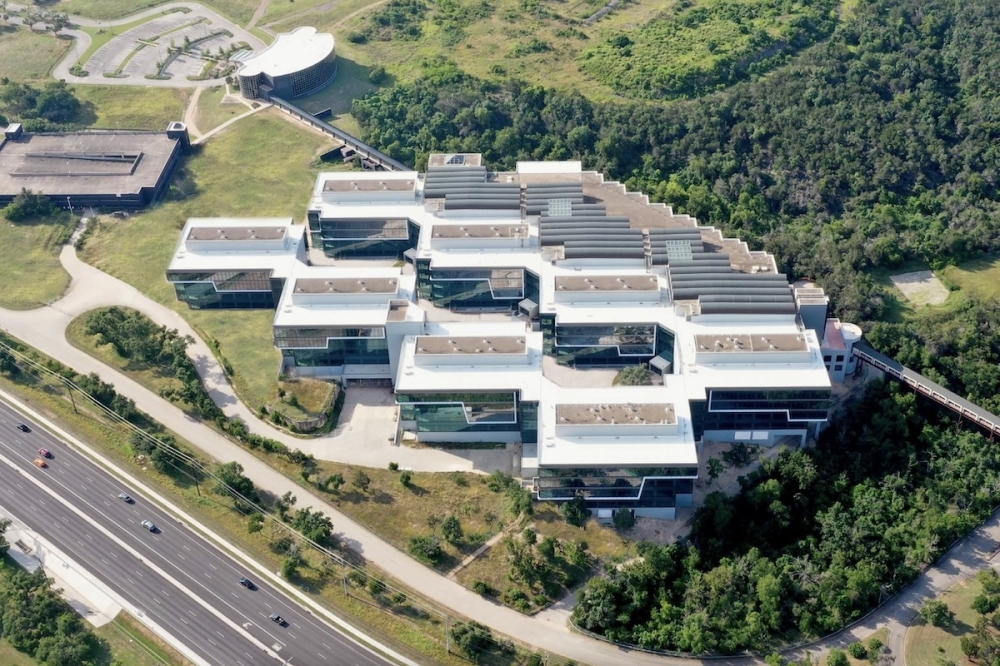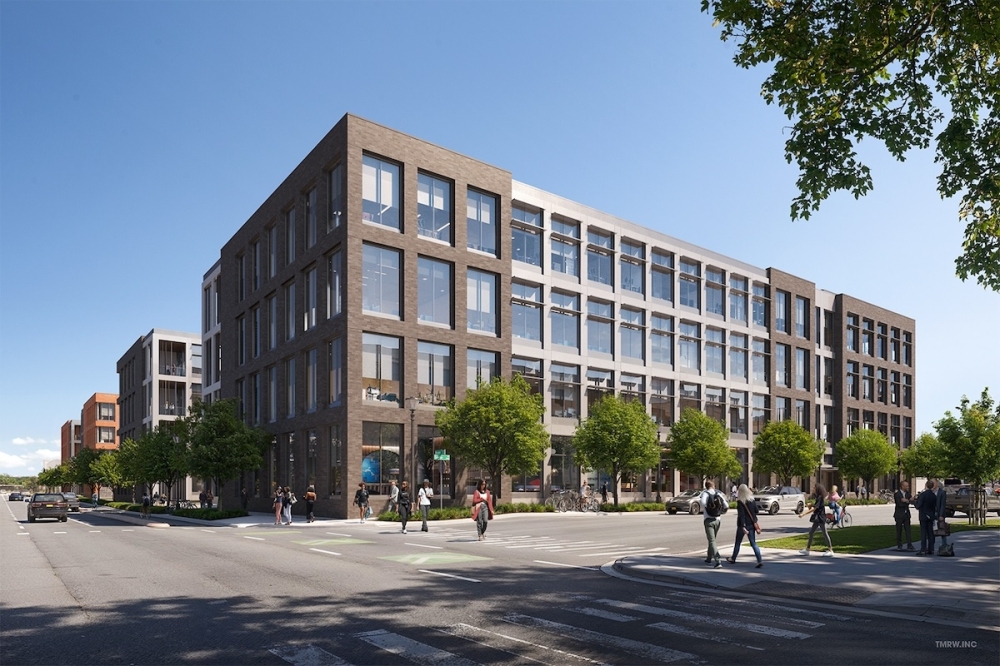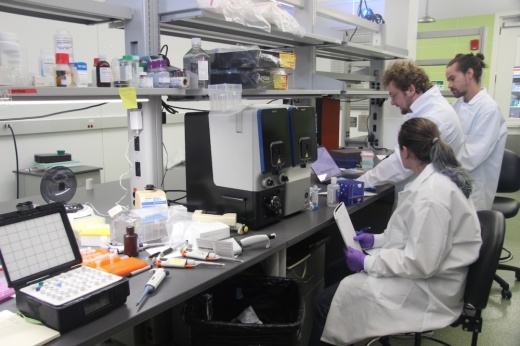The Austin area’s life sciences sector—concentrated around health care, biological research and technology—continues to draw jobs and capital to the city after years of rapid development.
The big picture
Building up the local presence has been a goal among institutions, economic groups and the city as new investments and talent have poured in. Recent reports found Austin is now home to hundreds of businesses that employ thousands of workers and many recent college graduates in the life sciences field, and the area is drawing hundreds of millions of dollars in funding concentrated around the innovative health and tech space.
The surge brings economic and innovation benefits, as Austin’s regional position and job opportunities stand to grow. Residents may also see new health treatment and technology options the sector produces. The life sciences boom can also be seen in the sector’s growing list of startups and larger firms, major funding, and overall interest in Austin as a hub. For one example, the Health Supernova medical and biotech conference was held here this June after leaving its home of several years in Dallas.
The action taken
While area institutions and private firms are contributing to those advances, city government has also had a role in backing life sciences for years.
Medical and research development around the Innovation District downtown has been supported by several officials, including Mayor Kirk Watson’s promotion of a new medical school while serving as state senator. City Council also recently signed off on life science-specific zoning near The Domain and The University of Texas at Austin’s J.J. Pickle Research Campus.
Building on that previous civic support, council members voted earlier this year to create a new land-use designation specifically for life sciences to be used around the city in the future. That update remains in progress as of this spring, according to the Planning Department.
“The Austin region ranks among the top emerging markets for life sciences, so it’s important for the city to make life sciences research accessible to both private and public entities,” Watson said in a statement. “By allowing this use in city code, we are able to facilitate the growth of the science research industry in Austin while also supporting the Dell Medical School and the city’s innovation district.”
Zooming in
A key piece of the sector’s stability and expansion has been a real estate market that’s now accounting more for life sciences.
Headlining new office additions is the Highpoint campus in Northwest Austin with more than 800,000 square feet of labs and offices. Apple’s Parmer Lane campus is also being rezoned to allow for life science work there.

Despite that interest, observers say the sector’s future outlook could also depend on more mid-sized lab availability that observers pointed to as a current gap in the market.
Jason Scharf, an investor in the life sciences space, said tenants and property owners will have to carefully plan for their needs as both new construction and retrofitting projects take place, given how costly and resource-intensive labs can be to open.
He also said building out multiple life science hubs, rather than concentrating around a more expensive part of the market like downtown, could help draw and develop more business.

Austin Community College is one institution that’s cultivated new arrivals in the sector for years at its Bioscience Incubator in Highland. Early-stage companies can lease shared workspaces and equipment to get their concepts underway, without having to find and sign an office or lab of their own.
After a decade in operation, the incubator has developed businesses with varied focuses like rapid COVID-19 tests, food safety, rare diseases, medical glove dispensing and zebra mussel detection.
Incubator Director Nancy Lyon said it remains one of few much-needed options for that kind of work in Austin today.
This year, UT launches its Innovation Labs startup hub under its Discovery to Impact research program. Texas State University also plans to open an incubator at its Round Rock campus.
What's next
Alongside those updates, private contributions in the sector are also setting up Austin to become what economic development firm Opportunity Austin called a “full-scale life sciences hub.”
The group reported the region has seen more than $1 billion in annual research funding.
Scharf said the value of businesses across the area’s health ecosystem surged by nearly 1,000% in just a decade to reach $42 billion last year, thanks in part to dozens of unicorns, or $1 billion-plus companies.
With those investments, he said Austin residents stand to benefit from “living in the future.”
“We’re not only creating innovation, but it’s being deployed here,” he said. “You start seeing this as a testing ground for all these new business of health companies. ... Not just this one drug that only if you have this one disease you will see, but actually an entirely new health care system.”





